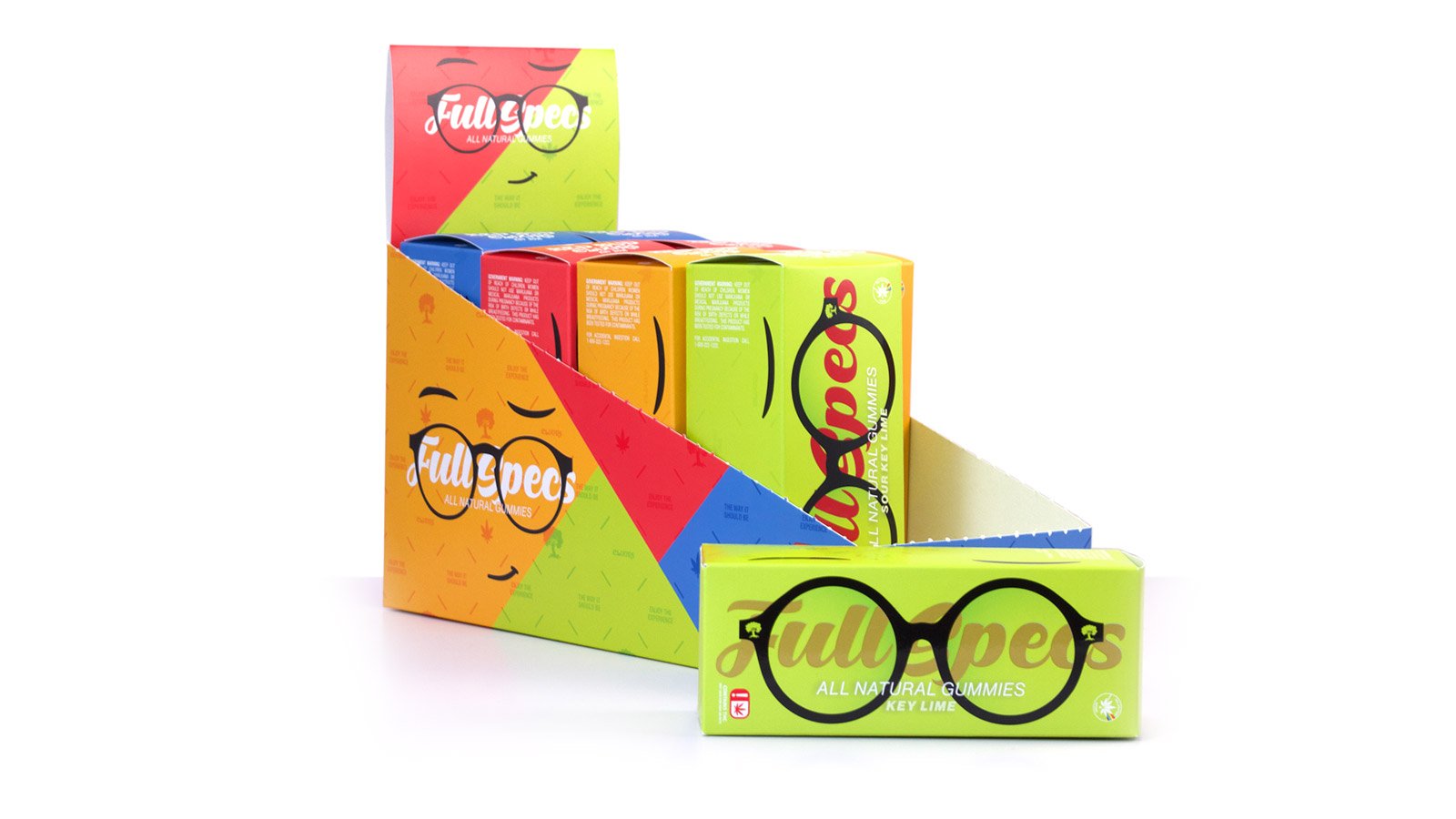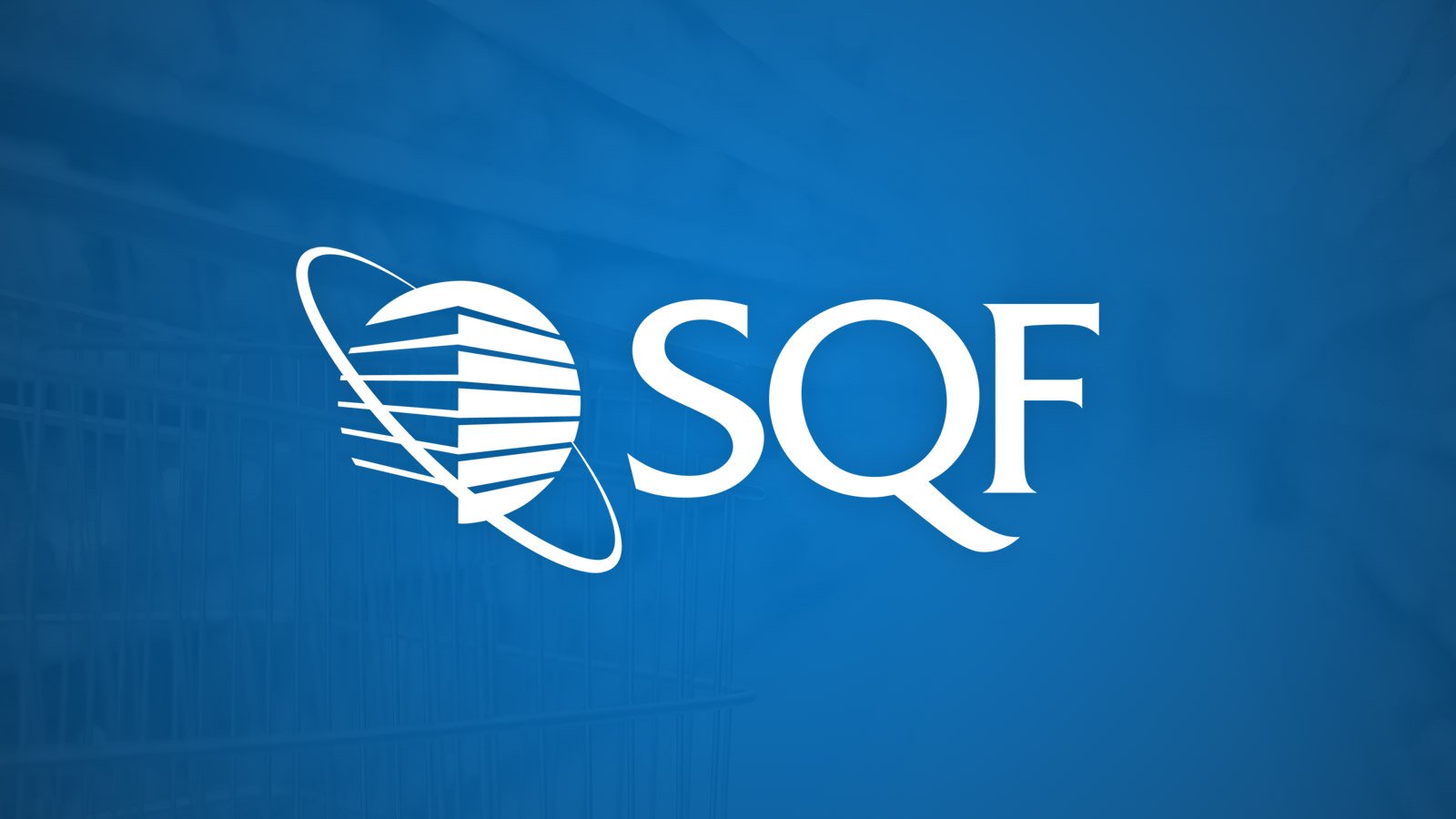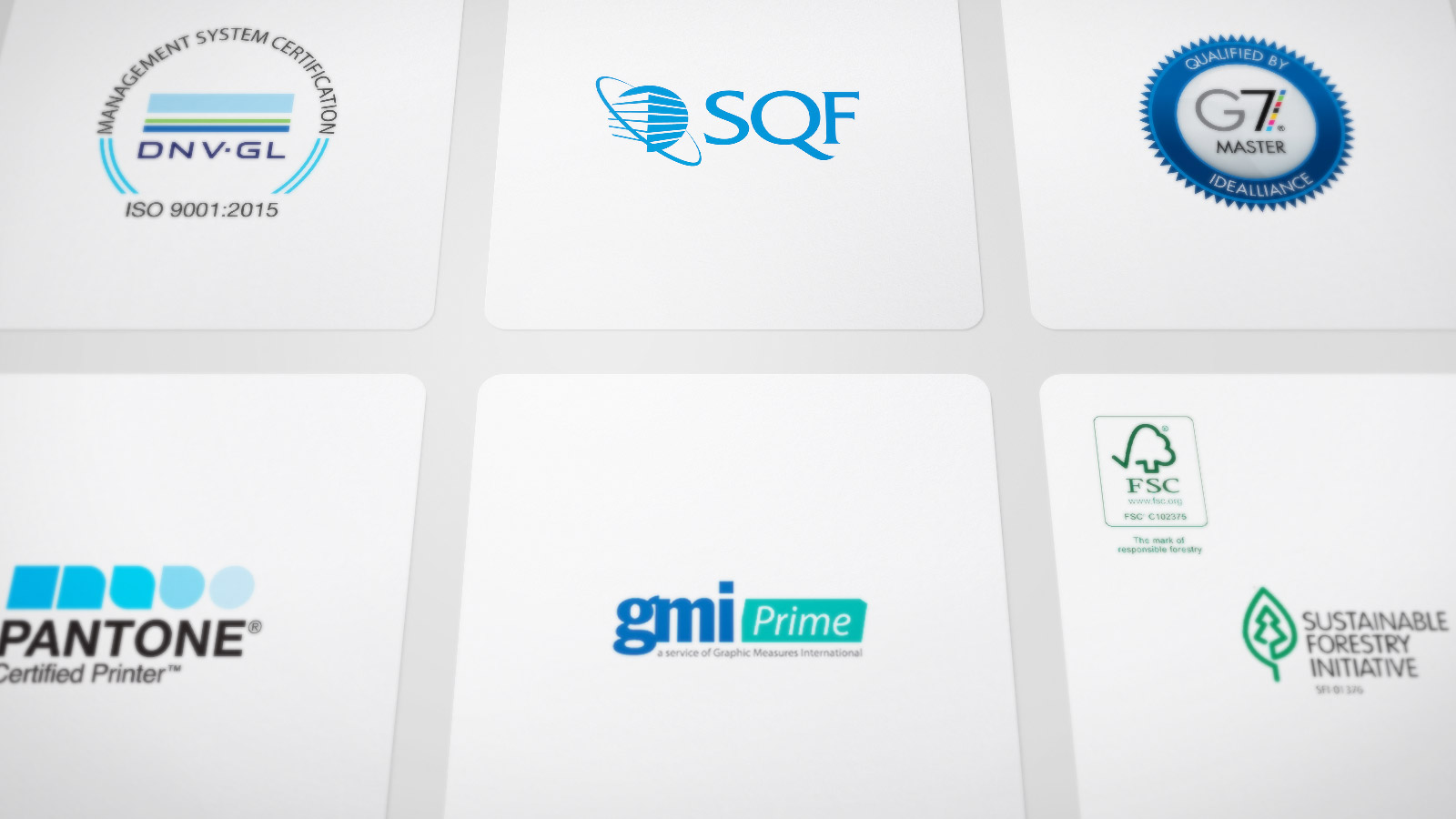Insights: Articles & Resources by Oliver Inc.

Cannabis Packaging Design Considerations
With Ohio's recent legalization of recreational marijuana, a significant shift is unfolding in the Midwest with an expanding cannabis market. This evolving landscape presents exciting opportunities for brands in the cannabis industry.
Effective, eye-catching packaging is a key part of that.
In this context, as the cannabis industry continues to grow and mature, establishing norms for packaging design and labeling becomes increasingly crucial. New brands are entering the market, and amidst this proliferation, the need to stand out to consumers is more important than ever. Here, effective packaging design is not just a necessity but a powerful tool to distinguish one's brand.
Now, let's delve into some critical elements of design to consider as you develop your next line of cannabis products.
Cannabis Packaging Regulations & Labeling Requirements
As with pharmaceuticals, packaging design in the cannabis and CBD industries is heavily regulated, with stringent requirements. Cannabis and weed packaging design must be compliant with federal, state, and local regulations. Instead of merely slapping an attractive design on a folding carton, brands must figure out a way to balance eye-catching visuals with vital consumer information.
For reference, here’s a handy guide from Leafly, a website dedicated to cannabis use and education, detailing state-by-state packaging and labeling laws. While there are certainly some nationwide similarities, each state takes its own approach, and you’ll want to further investigate to ensure you’re acting within the law.
Digging a bit deeper, there are several types of regulatory requirements you need to understand for cannabis packaging design and labeling.
Display or Storage of Cannabis Products
For example, in Washington State, all cannabis products must be stored behind a dispensary counter or similar barrier to ensure customers do not have direct access to your items. If consumers can’t easily handle your product, as they would in a more conventional industry, you may want to emphasize how they look sitting untouched in a glass counter display.
Child-Resistant Packaging Design Features
Meanwhile, in California, cannabis and weed products in dispensaries must be enclosed in child-resistant packaging. So, it’s critical to factor in the relevant materials and layers that can meet this standard. This might include tamper-proof measures, such as heat-sealed packaging with no easy-open tabs or flaps, which make products more difficult for a child to open.
Specific Label Requirements for Cannabis Packaging
For consumer safety, vital information must be included on your labels, such as the ingredients, warnings, health risks, impairment of abilities, proper dosage, or batch number and barcode to identify where the product was manufactured or processed.
Dispensaries and distributors won’t stock your weed products unless you meet the above requirements.
Additionally, you might have to adhere to standards for separate label sections. California, for example, demands that suppliers include a “primary label” and “informational label” for medical cannabis.
Labeling Restrictions for Cannabis Packaging
Certain visual features must also be avoided when producing cannabis packaging and labeling. Again drawing from California regulations, label content cannot be designed to appeal to anyone under age 21. This includes cartoons, any imitation of candy packaging, or any phrases, likeness to image, or characters that are popularly used to advertise to children.
Your state may also not allow you to claim any health or other physical benefits from using cannabis products.
Decorative Effects & Packaging Materials
While important, considerations for cannabis packaging design and labeling aren’t restricted to regulatory concerns. You also want to reflect on decorative effects and packaging materials options.
After, in order to make an impact in this industry, you simply must stand out in the dispensary display case! Plus, effective messaging generates brand loyalty.
Whether tinctures, capsule boxes, or folding cartons, you want decorative effects that capture attention, convey your brand’s values, and function to protect and preserve cannabis during display, storage, and beyond. In fact, savvy packaging and labeling can add incredible value to your product.
Here are a few design elements worth considering.
Coatings and laminates not only provide additional protection against scratches or abrasions, but deliver a remarkable shine. Gloss coatings are vivid and iridescent, with a matte finish that reflects light. Tactile coatings are raised or texture elements, which leave a lasting impression on consumers once in their hands. Pearlescent inks take glossiness to the next level, injecting tiny reflective particles into clear UV coatings. Strike-through and reticulating varnishes provide unrivaled rub resistance and high gloss visuals.
Hot foil stamping utilizes a heating method to apply foil to a substrate, creating a striking metallic finish. Hot foil stamping produces a bright design with any color, in addition to the more traditional silver and gold.
Cold Foil is a similar end result, but relies on ultraviolet light techniques to attach foil to a substrate. Cold foil colors can extend across the CMYK and PMS spectrum.
As far as cannabis packaging materials go, paperboard is a mainstay, but given the green nature of the cannabis industry and growing number of environmentally conscious consumers, you may want to consider post-consumer recycled paper or other sustainable alternatives such as hemp or cotton.
If you prefer to employ paperboard or cardboard, be sure you source it from responsibly managed forests, as certified by the nonprofit Forest Stewardship Council (FSC), Sustainable Forest Initiative (SFI), or Programme for the Endorsement of Forest Certification (PEFC).
Anti-Counterfeiting Packaging
Counterfeiting is another major concern cannabis manufacturers need to consider. Criminals will repackage their own products in your branded packaging or try to imitate your packaging as a way to sell illegitimate goods.
This can be especially dangerous with cannabis products. If a consumer ends up with an illegitimate product, their health could be at severe risk. Plus, counterfeit products circulating in the market can harm your brand’s reputation, because consumers don’t usually know whether a product is counterfeited or not.
It’s best to avoid this scenario by implementing anti-counterfeiting packaging, which can come in the form of overt and covert authentication solutions.
Overt authentication solutions are visible to the naked eye, while remaining difficult for criminals to mimic. Among these:
- Color-shifting inks change color based on viewing angle.
- Holographic seals and labels involve advanced graphics that can’t be replicated without high-end printing capabilities.
- Pearlescent inks create a particularly shiny effect that’s easily discernible by manufacturers and legitimate retailers.
- Tamper-evident closures can indicate whether something has been modified.
- Specialized 2D and QR codes make tracking of branded products much easier.
Covert authentication solutions are those that remain visibly undetectable without aided technology. This includes:
- Hidden indicia is ink that becomes visible with a special lens of decoding software.
- UV and infrared (IR) light-reactive inks are verified using UV or IR light technology.
- Thermochromic inks reveal specific visuals when they undergo extreme temperature changes.
- Digimarc barcodes and digital watermarking involve hidden images that can only be revealed using specifically designed devices.
- Taggants are imperceptible molecular or optic symbols added later to inks, which become visible when aided by special laboratory equipment.
Cannabis Packaging Design Examples
Cannabis products come in a broad spectrum of packaging styles, the most common types including mylar bags, cartridges, commercial labels, printed caps, tubes, pre-rolled cones, glass jars, retail-ready packaging, plastic containers, and blister packs.
Despite the abundant options, the most ubiquitous type might be folding cartons, given their durability and customizability. Here are just a few cannabis packaging design examples that utilize folding cartons.
Red Bud Elixirs employs 18PT C1S stock folding cartons for its Full Specs gummies. The aqueous finish and bright colors quickly grab consumer attention in the dispensary. Plus, the auto bottom and tuck top create a memorable and straightforward unboxing experience.
Ruby Mae’s set of assorted chocolates integrate soft touch lamination and spot gloss UV into a 20PT C1S stock folding carton design that shimmers. The added sleeve rolls a tactile layer into the overall structure, making for a memorable encounter.
Berkshire Roots uses soft touch laminate, embossing, gloss sakurai, and cold foil to create a textured folding carton design that truly enhances user experience.
Oliver’s Cannabis Packaging Design Process
Ultimately, few industries are as heavily regulated as cannabis, which makes packaging and labeling an unusually daunting task. The right printing and packaging supplier understands the industry’s rigorous requirements while also offering you the flexibility to manufacture unique and customized designs.
And that’s Oliver. We take a human-centric design approach to everything we do.
During the discovery phase, we ask you heaps of questions. And then we listen. We want to understand what’s important to you, your brand’s values, and what you hope to achieve with any given project.
From there, we dream up potential designs—together.
There is no one-size-fits-all solution for cannabis packaging design, especially for such a new industry. However, our expertise in food and beverage, cannabis, consumer goods, health and beauty, and pharmaceuticals helps inform what’s possible with your cannabis products.
Whether you have just a gram of an idea, or a fully formed one, we’ll help execute your design.
You can also expect a proofing process that is both secure and easy to access, including soft proofs, 3D visualizations, and the ability to download or view projects online.
And you can take advantage of multiple printing methods, from offset lithography and flexography to digital printing options. Plus, you don’t have to collaborate with multiple third-party vendors if you don’t want to because Oliver is a one-stop shop from design to fulfillment.
Your relationship with Oliver doesn’t end once your products have shipped, however. We’re your constant companion, ready to assist with your next project or answer any of your lingering questions (that’s only fair after all the queries we’ll have for you during the design process. We just care).
When you work with an experienced printing and packaging partner familiar with the legal requirements and industry-leading design elements, you can be assured your cannabis products aren’t only compliant, but attract the attention of consumers.
Oliver Inc. is the nation's leading independent supplier of custom paperboard packaging solutions, including folding cartons for cannabis and CBD. Contact us today to learn how you can elevate your brand.
Topics


